Nationality British Other name Jane Hughes | Other names Jane Hughes | |
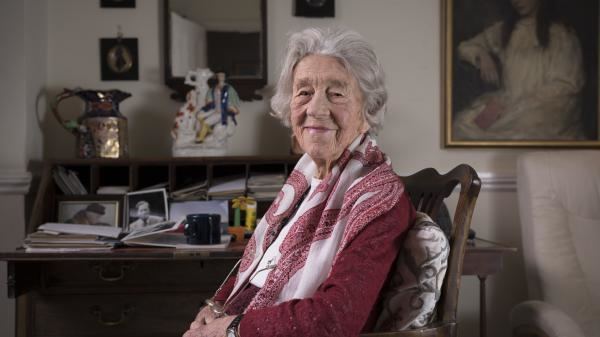 | ||
Full Name Janet Carolin (or Caroline) Hughes Born 4 March 1921 ( 1921-03-04 ) Occupation preservationist, author, Codebreaker, singer Books The Village in History, The Village in England: History and Tradition Similar Sheila White, Joe Alaskey, Arthur Sullivan | ||
Remembering suzanne corkin and memory marcus gordon jane fawcett
Jane Fawcett (née Hughes; 4 March 1921 – 21 May 2016) was a British codebreaker, singer, and heritage preservationist. She recently became known for her role in decoding a message, which led to the sinking of the German battleship Bismarck, but in the 1960s was well known as the secretary of The Victorian Society. Jane wrote and edited works including The Future of the Past; Seven Victorian Architects; The Village in History and Save the City.
Contents
- Remembering suzanne corkin and memory marcus gordon jane fawcett
- Soul sister natalie jane fawcett and kimberley harvey
- Biography
- Personal life
- Awards and recognition
- References
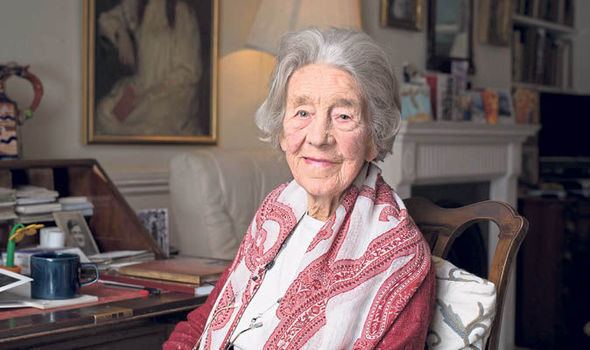
Soul sister natalie jane fawcett and kimberley harvey
Biography
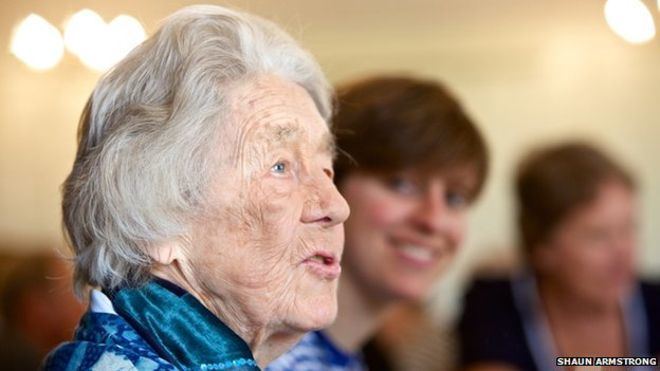
Born 4 March 1921, as Janet Carolin (or Caroline) Hughes, she was raised in London, attended Miss Ironside's School for Girls in Kensington, trained as a ballet dancer, and was admitted to the Royal Ballet School. As a young woman of 17, she was told she was "too tall" to be a professional dancer, and her promising ballet career ended. She was then sent to Zurich to learn German, shortly thereafter moving to the St. Moritz ski resort.

After six months, she was told by her parents to return home to "come out" as a debutante. She found that lifestyle boring, "a complete waste of time" and was relieved when invited by a friend to apply to the Bletchley Park project.

In 1940, at the age of 18, she interviewed with senior codebreaker Stuart Milner-Barry and joined the secret codebreaking project at Bletchley Park. She joined a group of women called the "Debs of Bletchley Park", so-called because they were women recruited from upper classes, debutantes, to work in secret as part of the Enigma project. Hughes was assigned to Hut 6, a "Decoding Room" of women only. The conditions were poor—dimly lit, poorly heated, and poorly ventilated—and the women worked long hours under extreme pressure. In Hut 6, Jane and other women like her would receive the daily Enigma keys and type them into their own Typex machines. They would then determine if the messages were recognizable German.
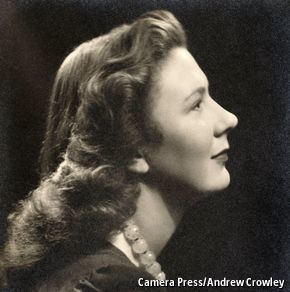
On 25 May 1941, Hughes and several other women were briefed on the search for the German battleship Bismarck. Shortly thereafter, she decoded a message referring to the Bismarck that detailed its current position and destination in France. The Bismarck was subsequently attacked by the Royal Navy and sunk on 27 May. This was the first significant victory by the codebreakers, demonstrating the utility of the project.
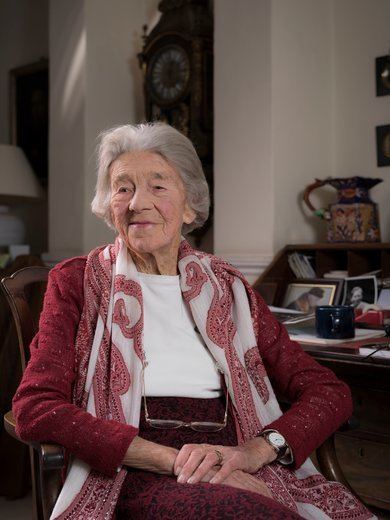
Her work did not come to light until decades later, during the 1990s, as it had been classified under Britain's Official Secrets Act. Compared with the publicly acknowledged heroics of the navy, Fawcett said "we felt slightly ashamed of having only done Bletchley, like also-rans. So when everything we had done, which we knew had been very hard work and incredibly demanding, suddenly showed its head and we were being asked to talk about it, it felt quite overwhelming. I'd never told a soul, not even my husband. My grandchildren were very surprised," she recollected.
Her service at Bletchley ended in May 1945. After the war ended, she married, changed her name to "Fawcett", and trained at the Royal Academy of Music. From the end of World War II through the early 1960s, she had a 15-year career as an opera singer. She performed Scylla in Jean-Marie Leclair's Scylla et Glaucus and the Sorceress in Henry Purcell's Dido and Aeneas. She also performed as a solo recital singer.
In 1963 she took an executive position with the Victorian Society, a heritage preservation organisation dedicated to preserving Victorian architecture and works. It had been founded just five years prior; as its secretary, she was effectively the chief executive, working closely with the organisation's director, Sir Nikolaus Pevsner, to save many buildings from demolition. She was dubbed "the furious Mrs. Fawcett" for her role in fighting with British rail service to preserve historic railway stations, and was instrumental in the 1967 preservation of London's St. Pancras station and the gothic Midland Grand Hotel (now known as the St. Pancras Renaissance London Hotel). She also worked to save the majority of Whitehall from destruction.
Fawcett's husband Ted joined her in historic preservation work in 1965, first joining the Garden History Society, then in 1969, joining the National Trust in full-time work.
In 1976 she was appointed MBE and stepped down from active leadership.
In later years Fawcett taught preservation at the Architectural Association School of Architecture.
Fawcett was one of the human sources Michael Smith interviewed for his 2015 book, The Debs of Bletchley Park and Other Stories.
On 21 May 2016, Fawcett died in her home in Oxford at the age of 95.
Personal life
Hughes met Royal Navy officer Edward "Ted" Fawcett (22 September 1920 – 19 October 2013) during World War II and married him shortly thereafter. The couple had two children, Carolin, an opera singer, and James, an experimental neurologist.
